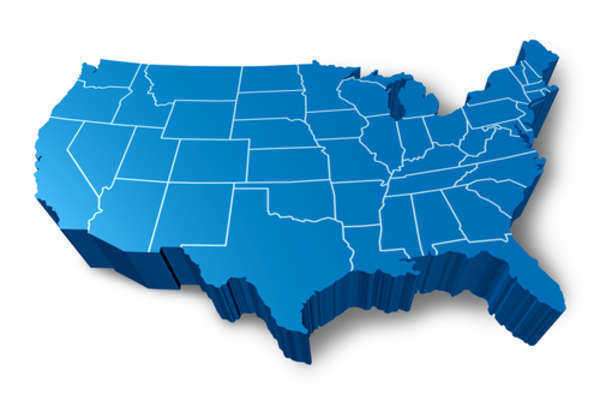The Different Classes of Goods Under the Nice Agreement





The Paris Convention for the Protection of International Property created the first agreement on international trademark law. It did so as part of a larger attempt at creating common standards for intellectual property rights to enable the observance of rights to be observed across national boundaries. The Paris Convention initially held eleven nations to its agreement. There are currently 173 nations signatory to the Convention, which has been altered several times from its original provisions.
The Paris Convention was held in 1880 and signed three years later. It took place as a result of lobbying from people engaged in developing and implementing new forms of technology. Due to the professional disciplines of the Convention's supporters, it was oriented toward industrial areas of protection, such as international trademark law, rather than strictly defined intellectual property rights.
When the delegates for the Paris Convention first arrived, they adopted the agenda of "the creation of a union which, without encroaching on the municipal law of the contracting countries, would lay down a number of general principles securing the interests of industrial property in the interior of the country as well as abroad." After being signed on March 20, 1883, the Convention's treaty went into effect on March 7, 1884. The signatory members were from Europe and Latin America, comprising the Netherlands, France, Switzerland, Serbia, Belgium, Spain, Portugal, Italy, Guatemala, Brazil, and El Salvador.
The Paris Convention provisions relevant for international trademark law include Articles 2, 4, 6, 8, and 10. Article 2 and 3 specify whom may receive protection under international trademark law. #2 protects citizens of signatory Paris Convention members in other such states, and #3 extends protection to non-citizens who are resident or commercially invested in signatory nations. Article 4 grants a "right of priority" for applicants for trademark rights in other member nations within six months from the application.
Article 6bis places trademarks widely recognized in their country of origin under general international trademark law protections in other member states. Another provision, Article 6quinquies, assures that the "tell quelle" (original form) of a trademark shall be accepted for registration in other Paris Convention nations. Article 6septies prevents individuals with a business or legal relationship to the original registrant from applying for the same rights.
Article 8 recognizes that trade names are also due to the same protections even if they are not registered as trademarks. Article 10bis allows for the payment of damages, levying of injunctions, and prosecution under criminal law for cases in which acts of unfair competition have occurred.
Since the passage of the Paris Convention, it has been amended and revised several times for the requirements of new member states and development of intellectual property issues. The Convention was most recently altered on September 28, 1979, and most previously revised on July 14, 1967 in Stockholm.
Notable previous revisions to the Paris Convention include those of June 2, 1911 in Washington, November 6, 1925 in The Hague, June 2, 1934 in London, and October 31, 1958 in Stockholm.
Contact an intellectual property lawyer to review your case.
